Frederica Freyberg:
Even with Joe Biden holding an edge in the polls over Donald Trump in Wisconsin, Democrats are taking nothing for granted. That’s true in the race for president as well as races down-ballot. But how could a blue wave, if it comes, impact the races for State Assembly and Senate? “Here & Now” Senior Political Reporter Zac Schultz has this story.
Zac Schultz:
Going into the fall, Wisconsin Democrats were pretty blunt about their prospects of taking back the State Senate and Assembly.
Ben Wikler:
We recognize that there’s a lot of districts where it’s just very, very tough for Democrats to win.
Zac Schultz:
Ben Wikler is chair of the Democratic Party of Wisconsin. They even started a campaign called “Save the Veto” with a strategy centered on not losing seats.
Gordon Hintz:
I think if both sides turn out, you would expect a pretty tight race again in Wisconsin.
Zac Schultz:
Democrat Gordon Hintz is the Assembly minority leader. A tight presidential race would likely mean status quo elections in the legislature with Republicans maintaining large majorities. But Democrats are also preparing for the opposite, asking if Donald Trump looks to be losing by a large margin, will Republicans bother voting at all?
Gordon Hintz:
If they’re not going to turn out to vote for President Trump, you know, are they going to turn out to vote for their State Senator or State Assembly Republican representative?
Zac Schultz:
2020 could be the perfect storm for a Biden wave to carry down-ballot Democrats into office. Because once every 12 years, we have a presidential election with no U.S. Senate race.
Barack Obama:
While the Democratic Party has won a great victory tonight, we do so with a measure of humility.
Zac Schultz:
The last time was 2008, when Barack Obama won big and Democrats flipped five Assembly seats on their way to the majority. To see the value of a U.S. Senate race you need only go back to 2016, when saving Republican Senator Ron Johnson’s seat was a rallying cry for Never Trump Republicans in southeast Wisconsin.
Ron Johnson:
I want to run a great campaign to help whoever that presidential candidate was also win the state.
Zac Schultz:
Johnson received more votes than Donald Trump, a rarity in presidential elections. Hintz says in 2020, they have the candidates in place if the bottom drops out for Republicans.
Gordon Hintz:
We want to build campaigns that may be on the margins that could to make sure that they are able to put their sail up should there be that kind of wave.
Zac Schultz:
But Democrats have seen big statewide wins before that don’t result in down-ballot wins. In 2018, Assembly Democratic candidates received 1.3 million votes compared to 1.1 million for Republican candidates. But they only added one seat. They blame gerrymandered maps that were drawn in 2011 to virtually guarantee a Republican majority for the next decade.
Ben Wikler:
Robin Vos knows that the maps are exactly why he is the speaker of the State Assembly at this very moment.
Robin Vos:
Whenever somebody is not able to win on their ideas, they look for fingers to point at somebody else because this is the reason they can’t win.
Zac Schultz:
Assembly Speaker Robin Vos has defended these maps all the way to the United States Supreme Court and back. He maintains there’s a simple reason Republicans hold a dominant 63-36 majority in the legislature.
Robin Vos:
People have kind of naturally self-segregated.
Zac Schultz:
Nearly half of all Democratic Assembly votes come from Milwaukee and Madison districts, where unopposed candidates run up the score.
Robin Vos:
Democrats have a problem that they like to live in big cities.
Zac Schultz:
So how many Democrats are there outside Madison and Milwaukee? In 2018, 37 seats went unopposed. When you add up the votes in the remaining 61 seats, Republican candidates received 945,000 votes, or 58%, while Democrats received 677,000 votes, or 42%. If Republicans had won 58% of the seats, they would have won 35 seats. The Democrats’ 42% of the vote would have netted them 26 seats. But in reality of those 61 challenged seats, Republicans won 56 and Democrats took only five.
Ben Wikler:
The numbers don’t lie. Republicans built these districts to elect Republicans even if the public rejects Republicans.
Robin Vos:
We hold districts that have a Democratic lean to them because we have members who work really hard.
Zac Schultz:
Robin Vos says a different race from 2018 actually proves his point.
Tammy Baldwin:
Democrats, Republicans and independents sent a loud and clear message.
Zac Schultz:
In the U.S. Senate race, Democrat Tammy Baldwin received the most votes in 55 Assembly districts. All 36 Democratic seats plus 19 districts shown in light blue, where a Republican won the Assembly race.
Robin Vos:
People are obviously willing to split the ticket. It’s just the agenda offered by liberal Democrats who primarily seem like they represent only Madison again, just doesn’t resonate with the rest of the state.
Zac Schultz:
Hintz sees it a different way.
Gordon Hintz:
We look at it as well, voters were willing to vote for a Democrat so that’s not an obstacle.
Zac Schultz:
Hintz says the plan all along has been to survive until redistricting gives them new maps two years from now. And they’re certainly not banking on a big win but they’ll be ready just the same.
Gordon Hintz:
No, there’s not any plan like we got this, it’s a Biden wave, but we certainly want to put people in a position should that occur.
Zac Schultz:
Reporting from Madison, I’m Zac Schultz for “Here & Now.”
Search Episodes

Donate to sign up. Activate and sign in to Passport. It's that easy to help PBS Wisconsin serve your community through media that educates, inspires, and entertains.
Make your membership gift today
Only for new users: Activate Passport using your code or email address
Already a member?
Look up my account
Need some help? Go to FAQ or visit PBS Passport Help
Need help accessing PBS Wisconsin anywhere?

Online Access | Platform & Device Access | Cable or Satellite Access | Over-The-Air Access
Visit Access Guide
Need help accessing PBS Wisconsin anywhere?

Visit Our
Live TV Access Guide
Online AccessPlatform & Device Access
Cable or Satellite Access
Over-The-Air Access
Visit Access Guide
 Passport
Passport





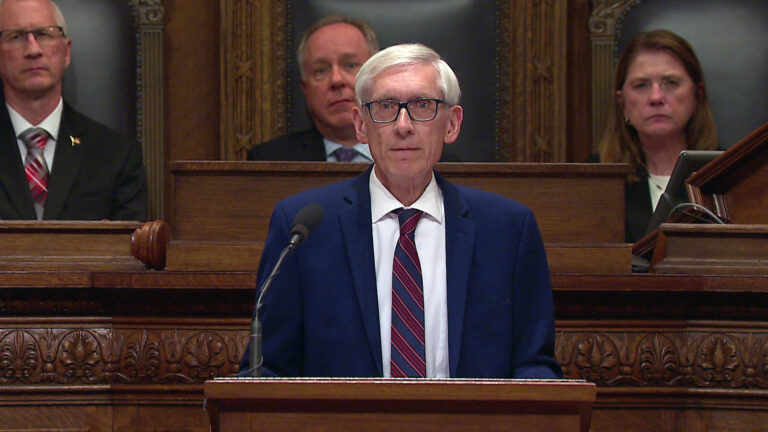

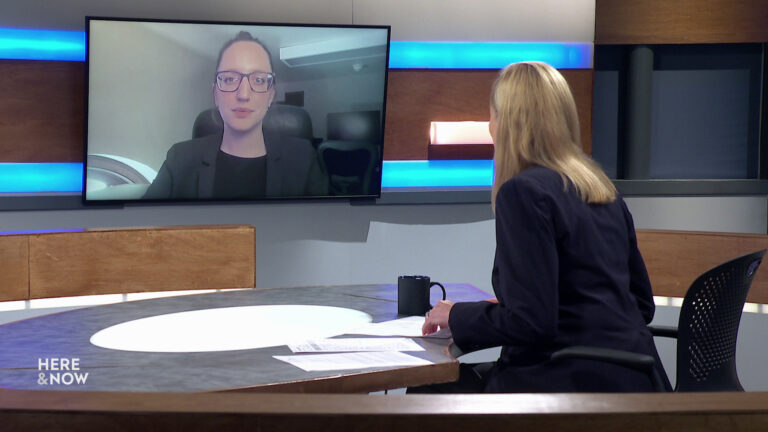

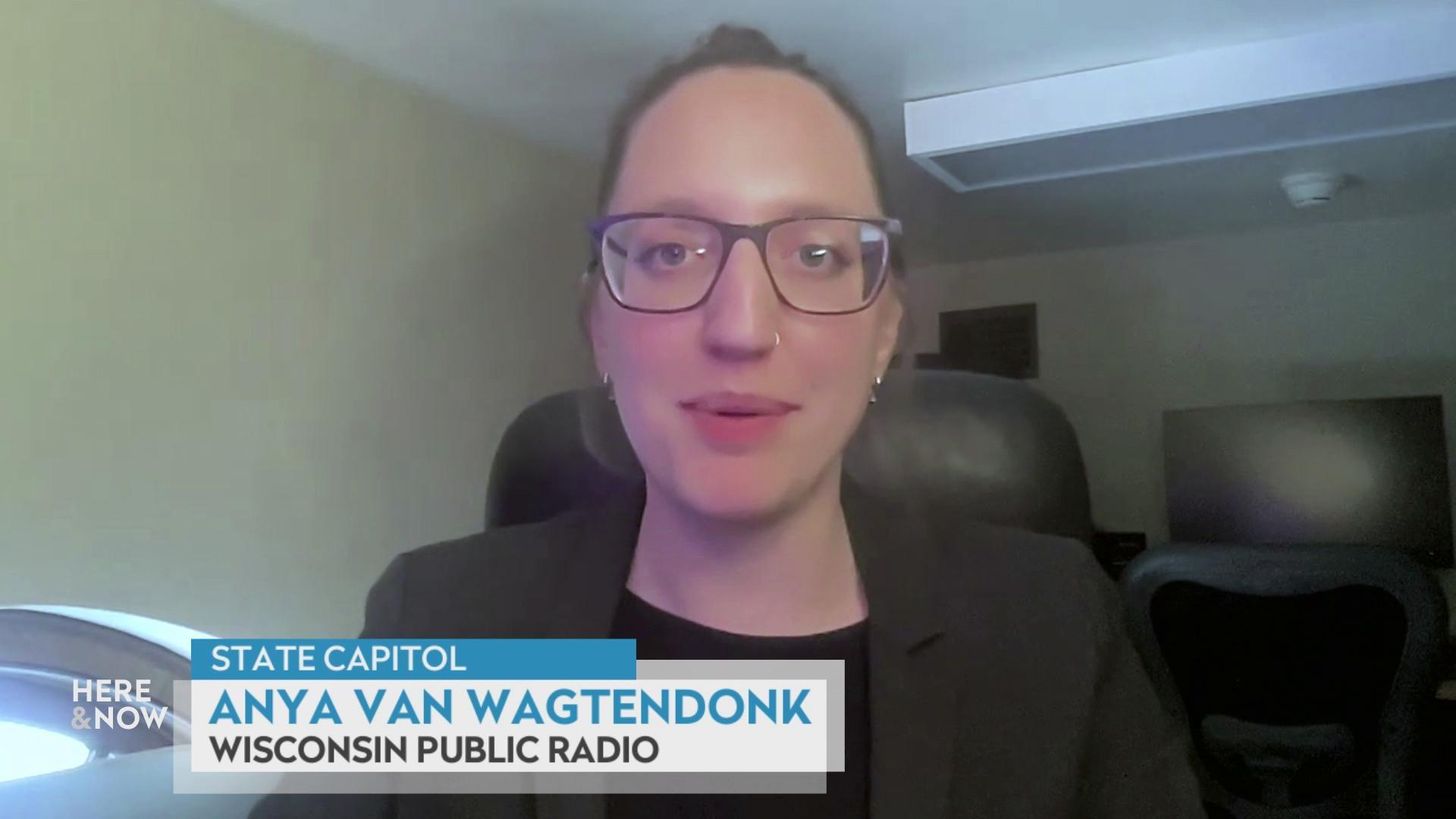

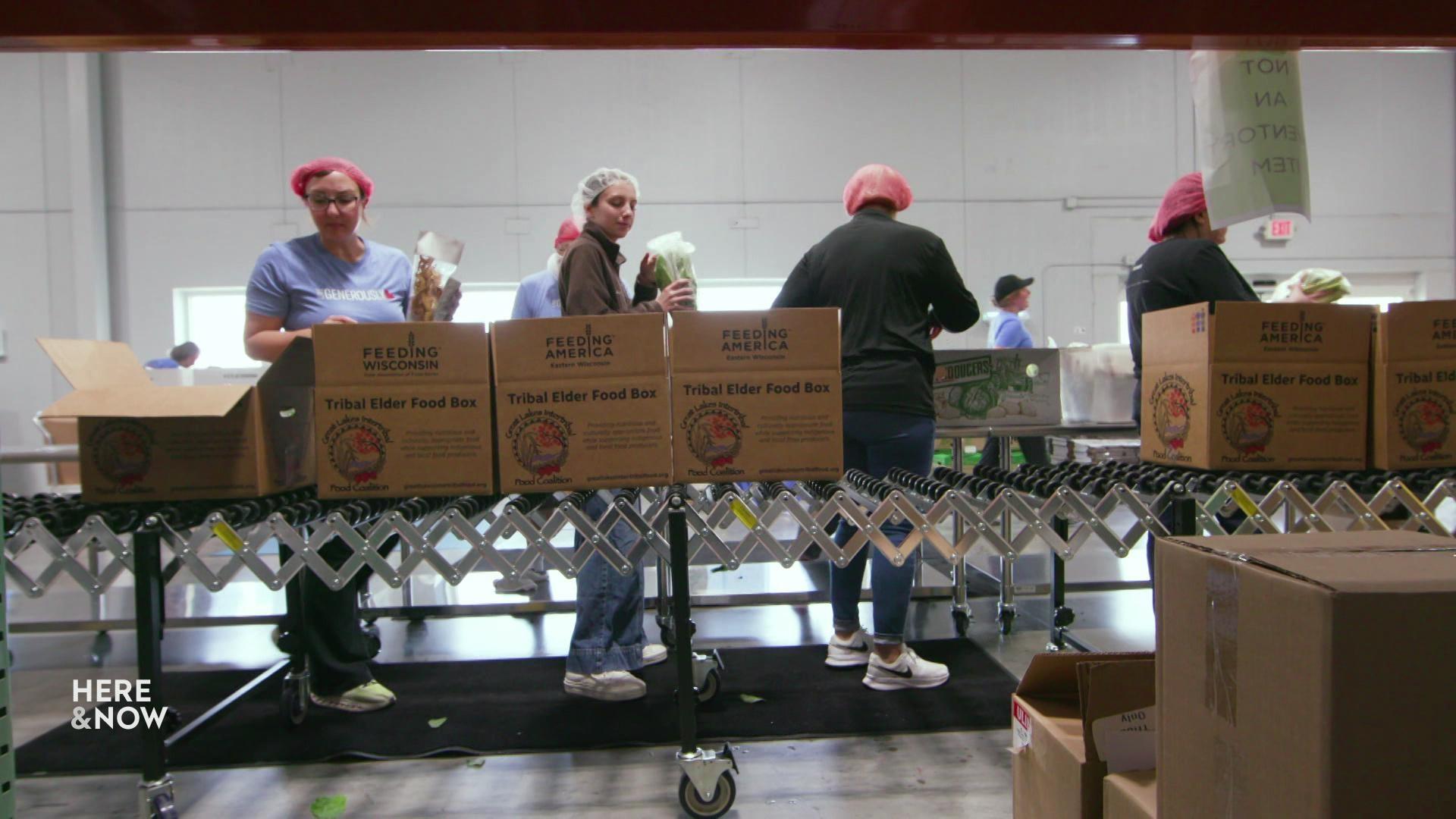

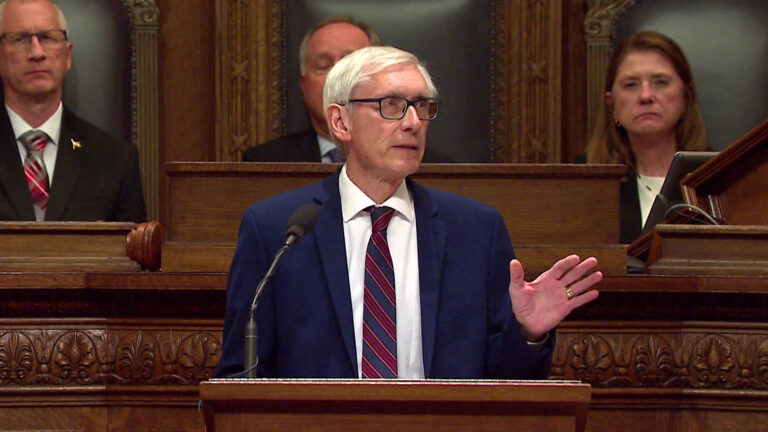
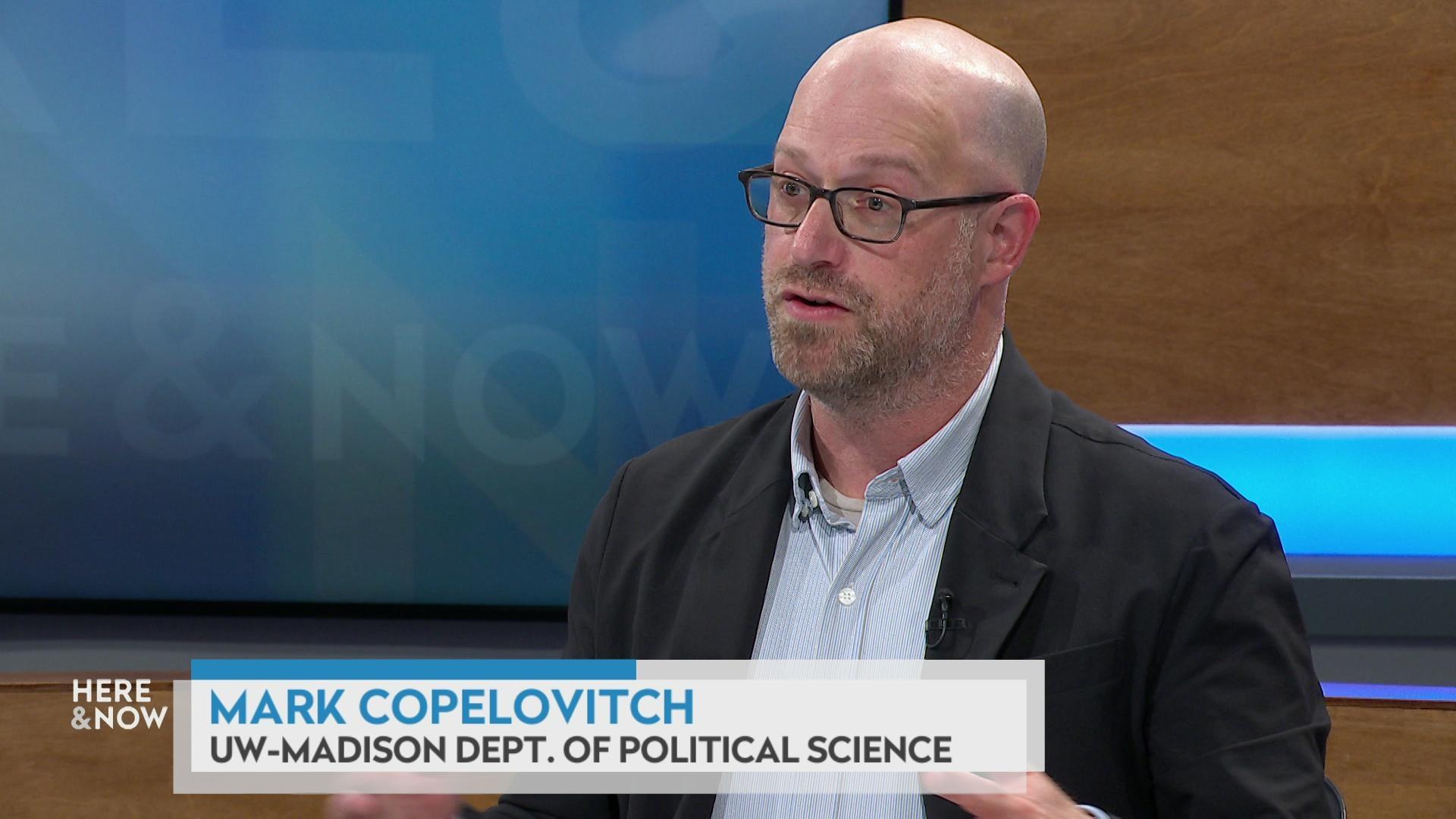
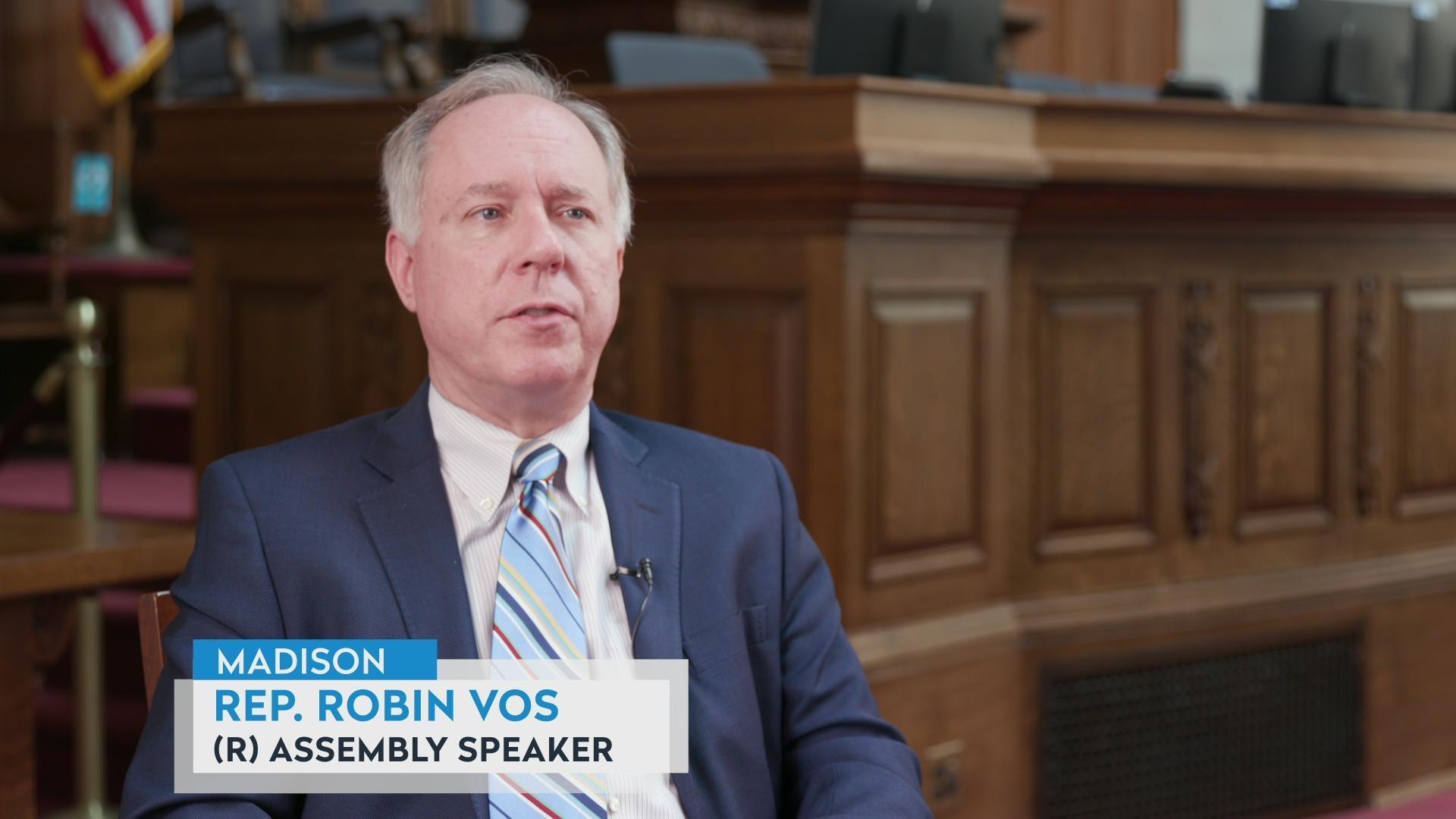
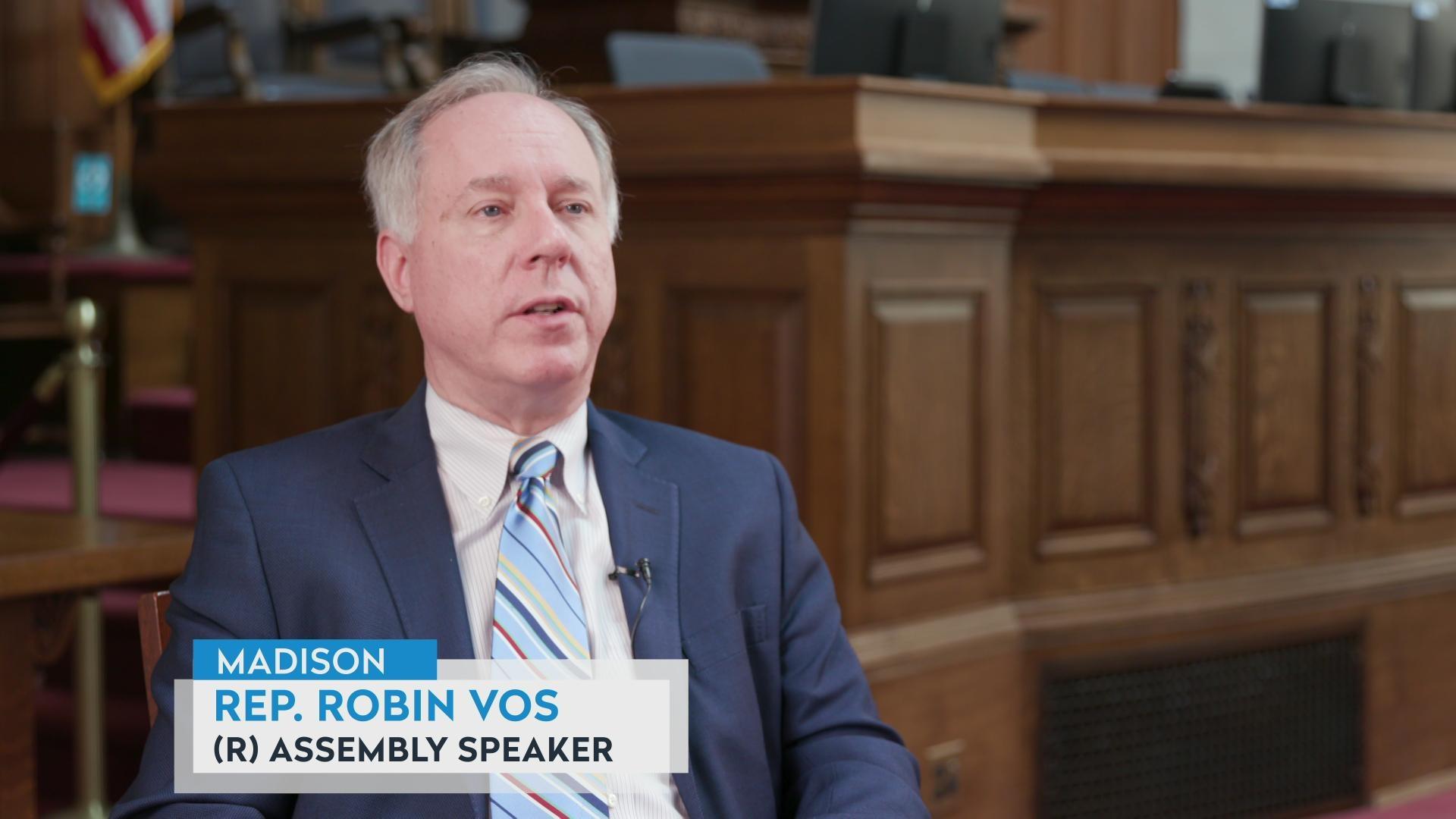

Follow Us